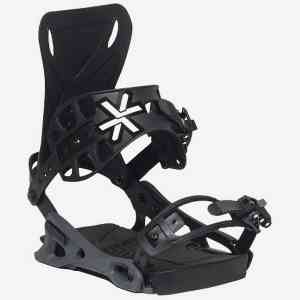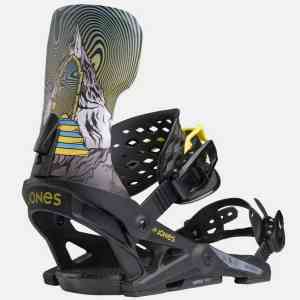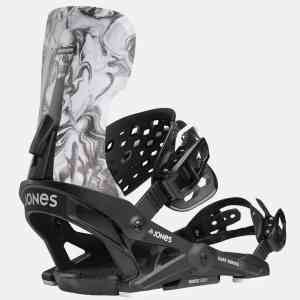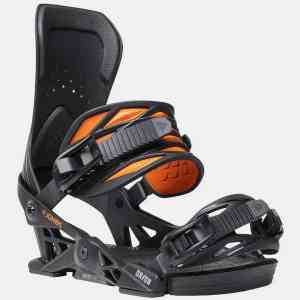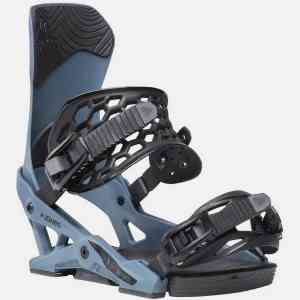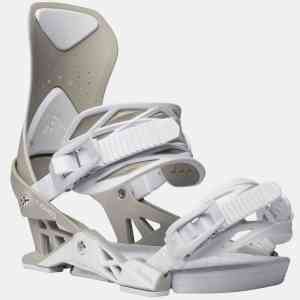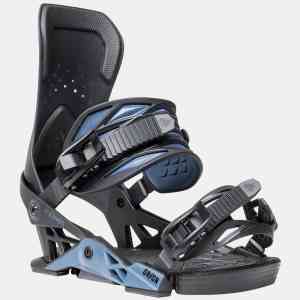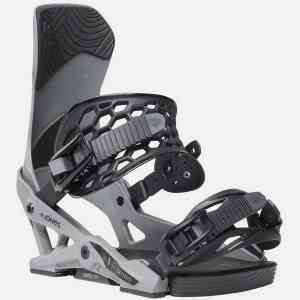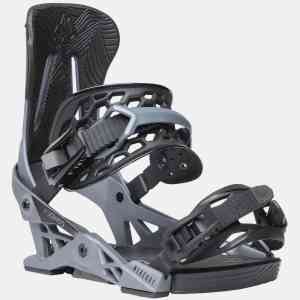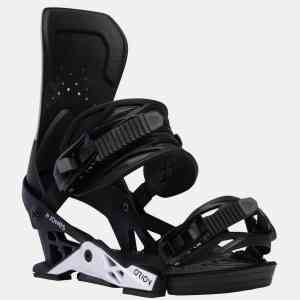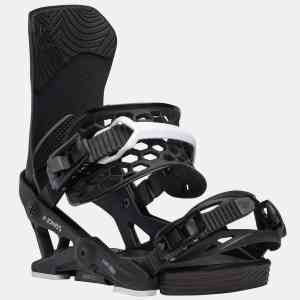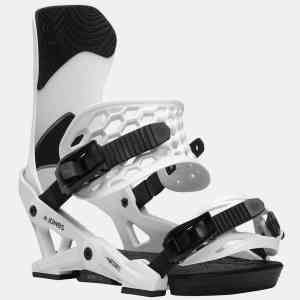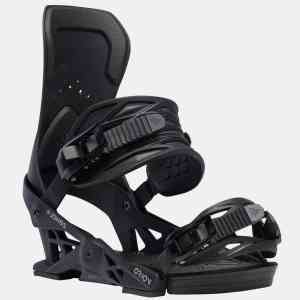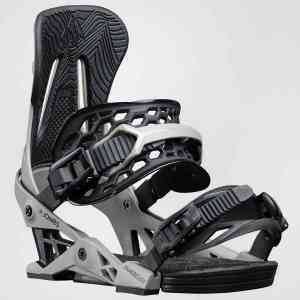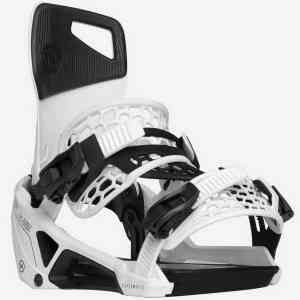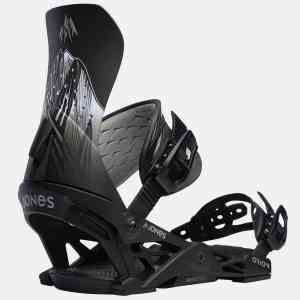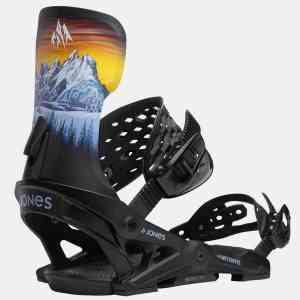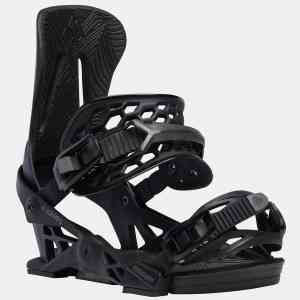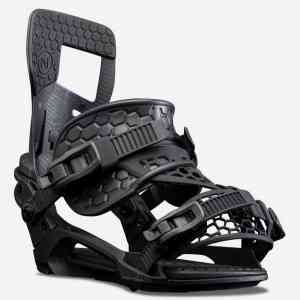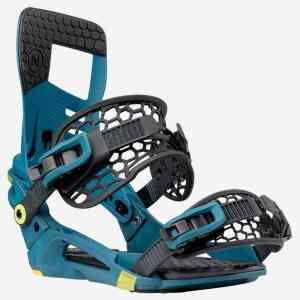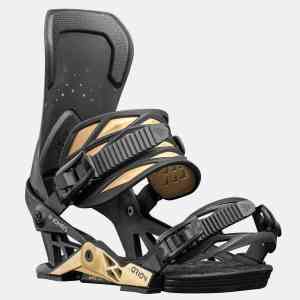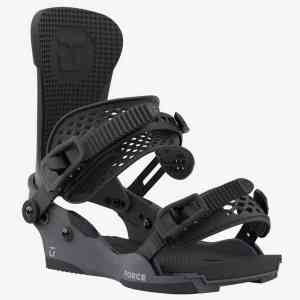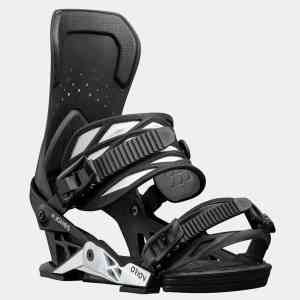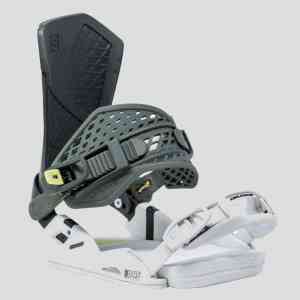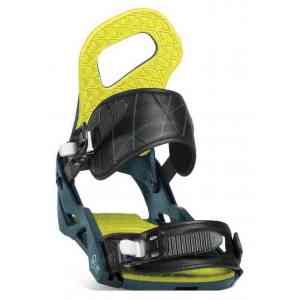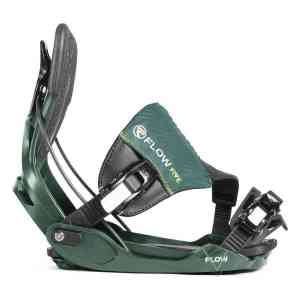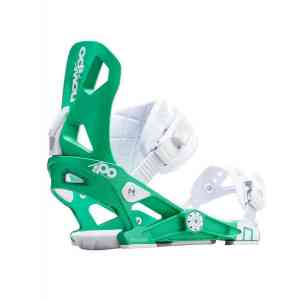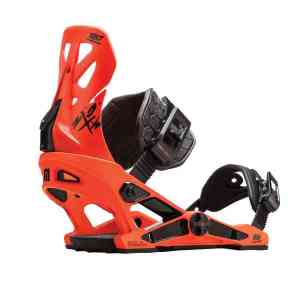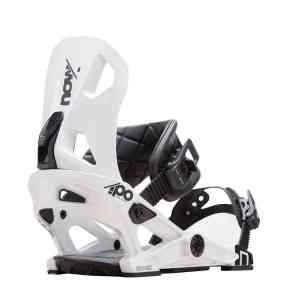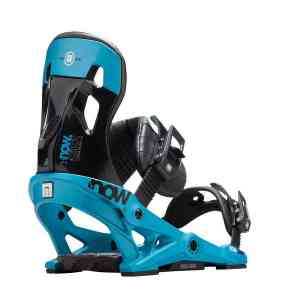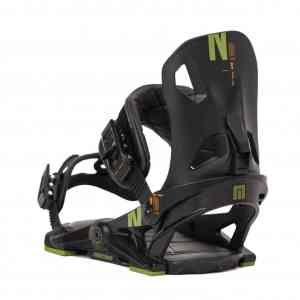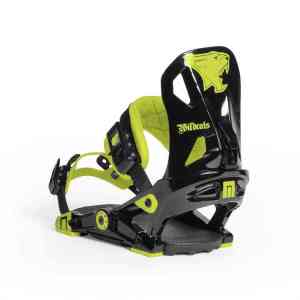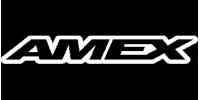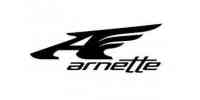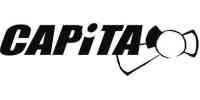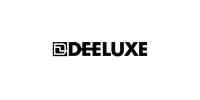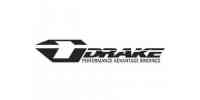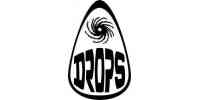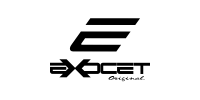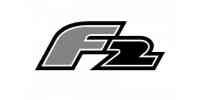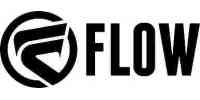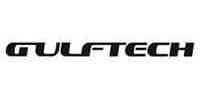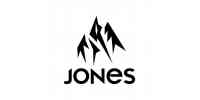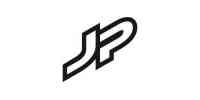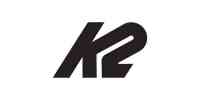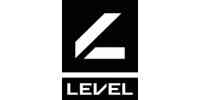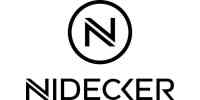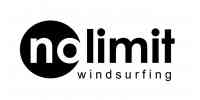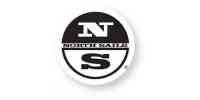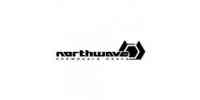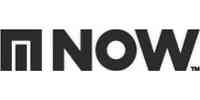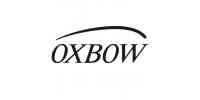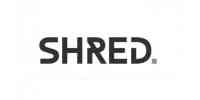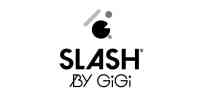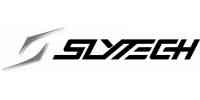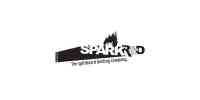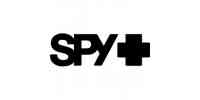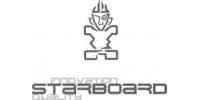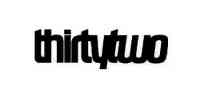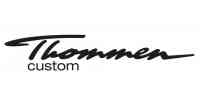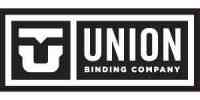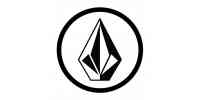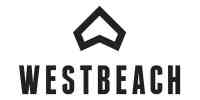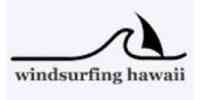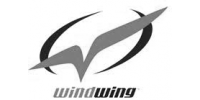Men's snowboard bindings
In order to fully enjoy your snowboarding, it is extremely important to choose the right snowboard bindings
Snowboard bindings are an element that connects the snowboard to our feet, of course through snowboard boots. So snowboard bindings that we want to buy must be properly matched to both snowboard boots and board. All three elements should have very similar (preferably identical) stiffness. In this case, we will have a guarantee that our snowboard equipment has been perfectly completed. Manufacturers of snowboard bindings, boards and boots. provide all technical parameters, which will make it easier for you to properly match all the elements of your snowboard equipment. There are several types of snowboard bindings, from traditional strip bindings, through system bindings, called speed entry, to innovative solutions such as Nidecker's Supermatic or Burton's Step-on. Choose the solution that suits you best and match it with the rest of the set. Keep in mind that if you are a beginner snowboarder, your bindings should be relatively soft to make it easier for you to learn how to board. As you progress and acquire skills, you will be able to determine which direction you want to go and, as a consequence, choose the target snowboard bindings along with the rest of the snowboard set. When buying snowboard bindings, carefully check its individual elements, such as: the base, straps, toothed belts, the type of cushioning and adjustment of individual elements of the bindings. The higher the quality of workmanship and the ability to adjust individual elements, the better you will match the bindings to your snowboard boots and snowboard.
Catalog
Catalog Show filters Hide filters
- 1
- 2
ALL-MOUNTAIN, FREESTYLE HEAVY HITTERThe Brigade was introduced last year with the hanger 2.0 and the flex hinge highback 2.0 and is a sleek and solid binding with insane capabilities. This is the all-mountain freestyle binding of choice for the triple p’s: park, pow and pipe. Get after it asap!
1 259 PLN755 PLNFor 2015/16 the award-winning IPO received some well-deserved finessing, which entailed getting fitted with not only the Freewing highback, for added lateral support and a taller profile, but also the NEW SIEVA straps and NEW buckles 2.0. The IPO is a go-to binding that excels in all types of terrain. *Skate-Tech built-in.
1 299 PLN779 PLN
- 1
- 2
Precision and Performance - Men's Snowboard Bindings
Men's snowboard bindings are an essential component of a snowboard setup, connecting the rider's boots to the snowboard. These bindings play a critical role in translating the rider's movements and intentions to the snowboard, ensuring control, responsiveness, and overall comfort during snowboarding sessions. When choosing men's snowboard bindings, there are several important factors to consider, including binding type, flex, compatibility, and features.
1. Binding Types:
- Strap-In Bindings: These are the most common type of snowboard bindings, featuring straps that secure the rider's boots to the board. They provide excellent support and control for all-mountain and freestyle riders.
- Step-In Bindings: Also known as rear-entry bindings, these allow riders to quickly and easily slide their boots into the bindings without needing to strap in. They offer convenience, but some riders may find them less customizable than strap-in bindings.
- Hybrid Bindings: Combining elements of both strap-in and step-in bindings, hybrid bindings provide a balance between convenience and customization.
2. Flex:
- Soft Flex: Ideal for beginners and freestyle riders, soft-flex bindings offer a forgiving and playful feel. They are more comfortable for park tricks and jibbing.
- Medium Flex: Versatile and suitable for most riders, medium-flex bindings provide a balance of response and comfort, making them suitable for all-mountain and freeride purposes.
- Stiff Flex: Designed for experienced riders and those who prefer high-speed, aggressive riding, stiff-flex bindings offer maximum response and precision for carving and handling challenging terrain.
3. Compatibility:
- 3D-Compatible: Bindings with a 3D bolt pattern are compatible with the traditional 3-hole pattern found on older snowboards.
- 4x4-Compatible: Most modern bindings have a 4-hole pattern, which is compatible with the standard 4x4 insert pattern on snowboards.
- Channel-Compatible: Some bindings are designed specifically for snowboards with the Channel System, which allows for easy stance adjustment and a more natural flex.
4. Features:
- Highbacks: The back part of the binding that provides support and control for your heelside turns. Adjustable highbacks allow for customization based on riding style and preferences.
- Ankle Straps: These secure the rider's ankles to the bindings and come in various shapes and materials to ensure a comfortable and secure fit.
- Toe Straps: Positioned over the front of the boots, toe straps ensure the rider's feet are firmly held in place, enhancing control and responsiveness.
- Ratchets: These are the mechanisms used to tighten and release the straps, allowing for quick and easy adjustments on the mountain.
- Cushioning and Dampening: Many bindings feature cushioning materials, such as EVA foam or gel, to absorb shocks and vibrations, reducing fatigue and enhancing comfort.
- Forward Lean Adjustability: This feature allows riders to adjust the angle of their highbacks, tailoring their riding stance to their preferences and riding style.
When categorizing men's snowboard bindings in the snowboard store, it's important to highlight the specific type, flex, compatibility options, and notable features to assist customers in finding the perfect bindings that suit their individual needs and preferences.


